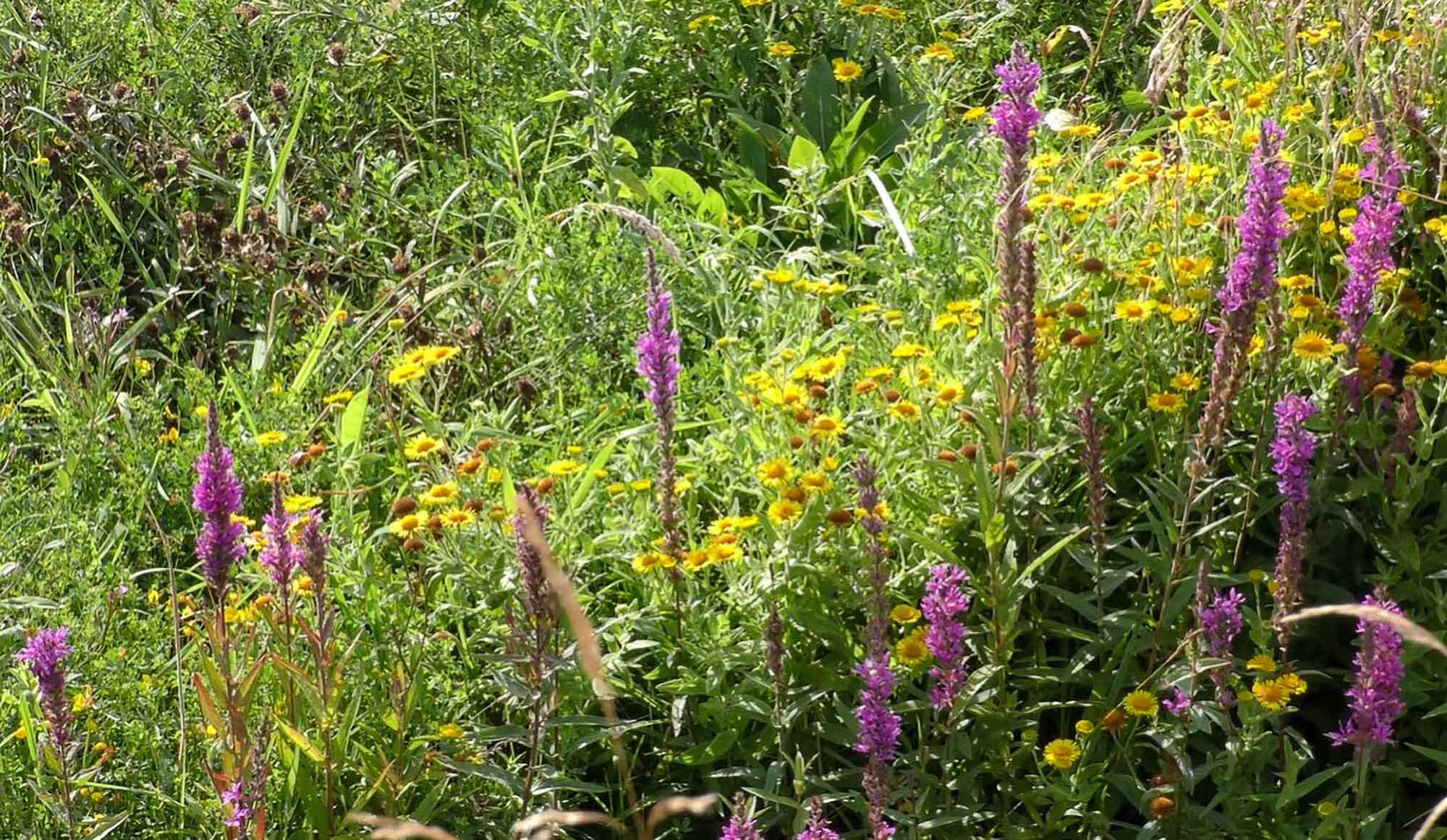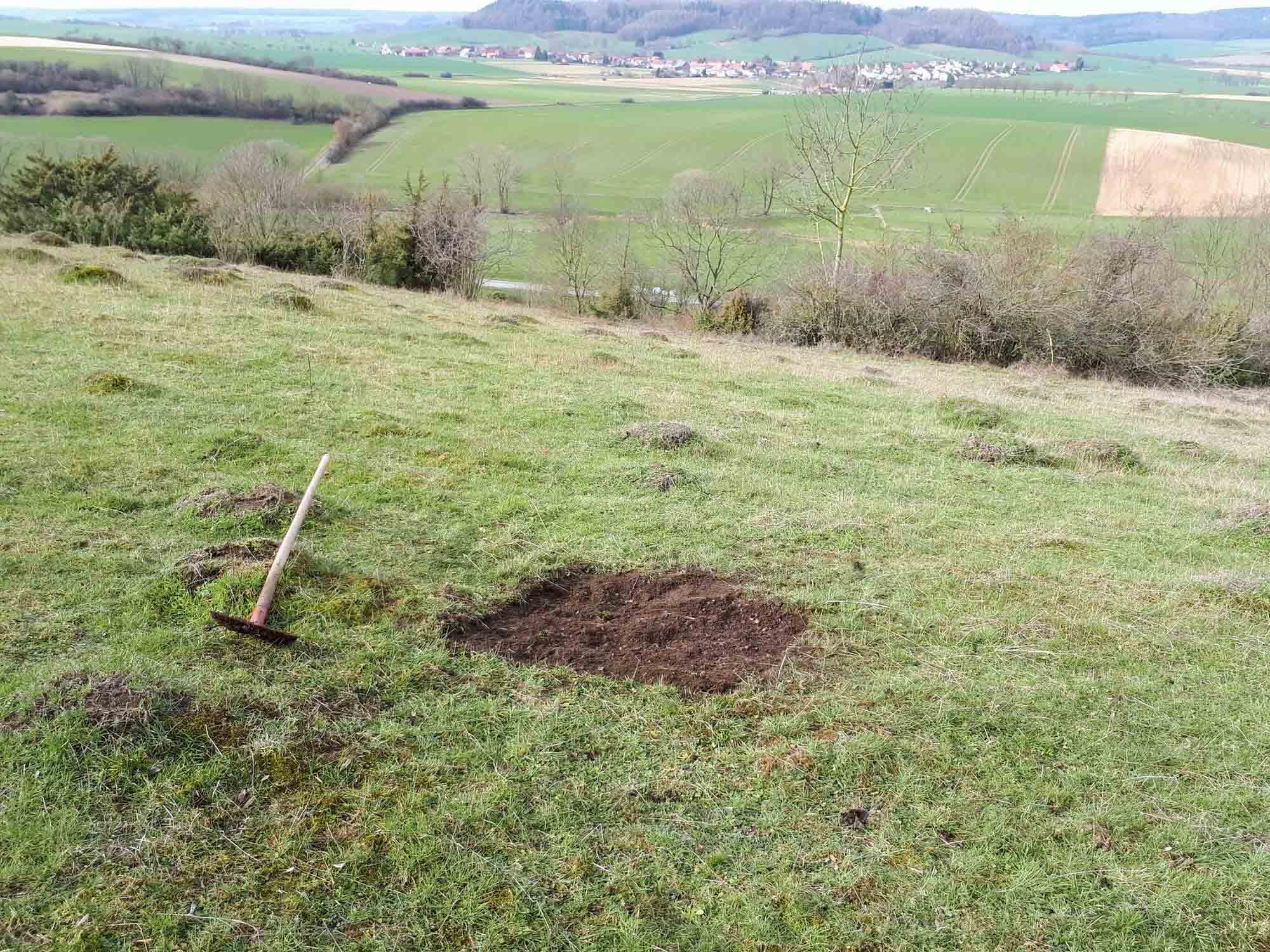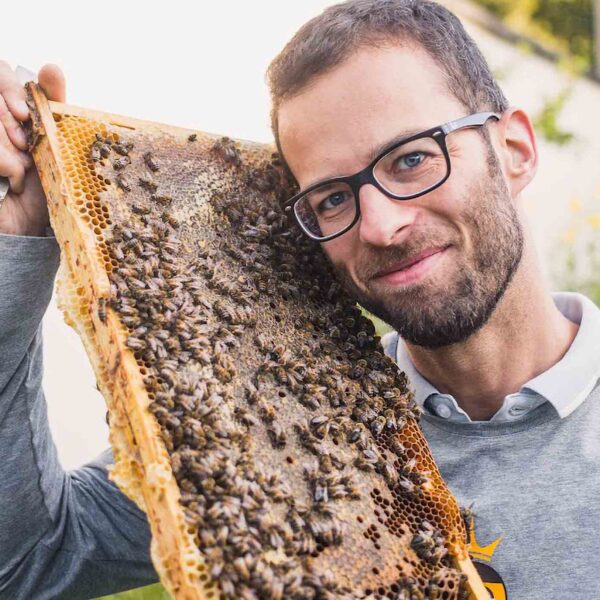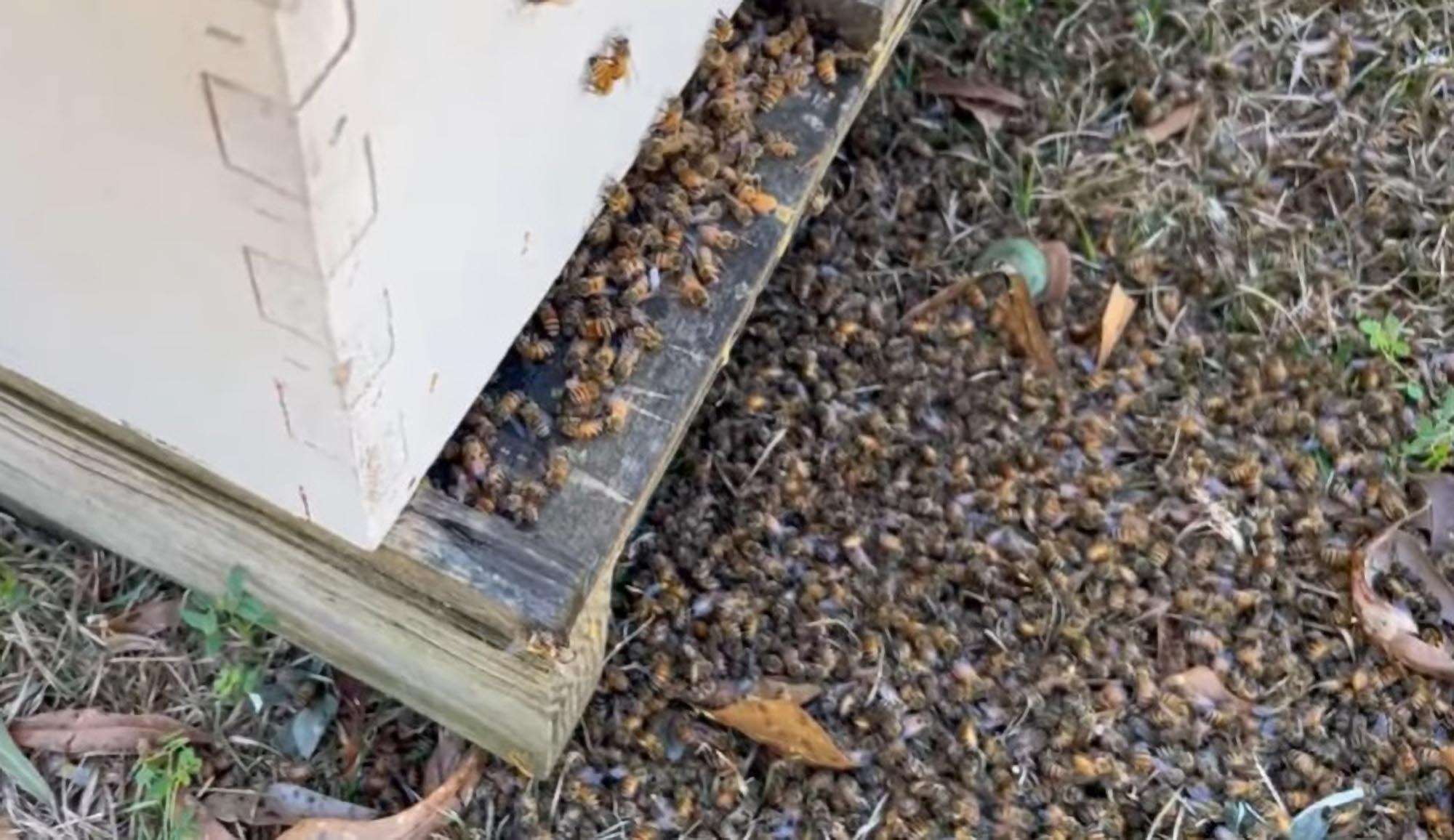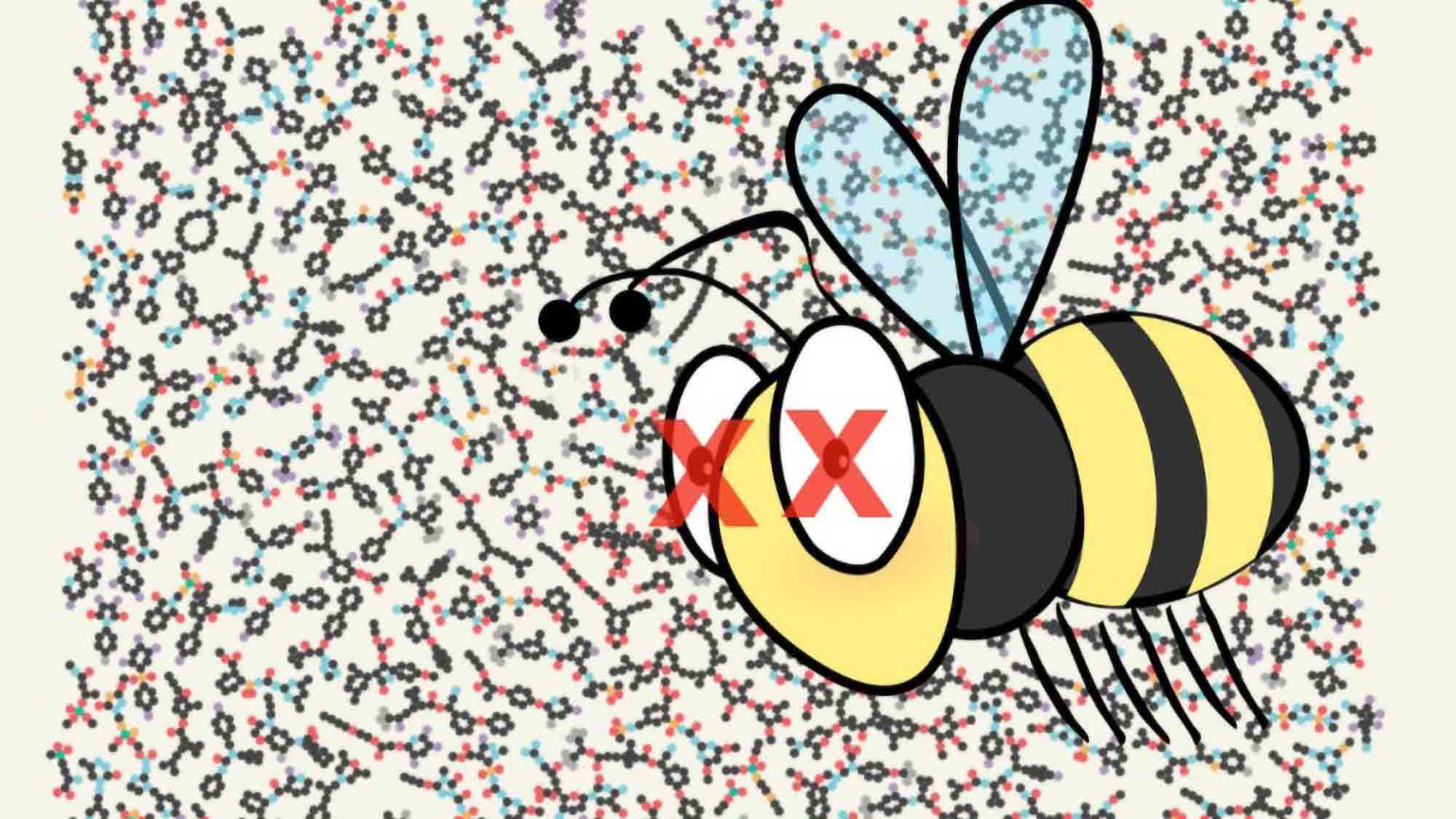A biologist has emphasised the importance of species richness and habitat quality as a new study confirmed their positive effects on the health of pollinators.
Michelle Fearon – who is a postdoctoral fellow at Michigan University at Ann Arbor in the United States – said: “Future land management needs to consider that broadly improving habitat quality to benefit pollinator community diversity may not necessarily also benefit pollinator health.
“To promote pollinator health, we need to focus on improving specific habitat quality features that are linked to reducing pathogen prevalence such as planting greater density of flowers.”
A study on the levels of common viral pathogens among pollinators carried out by Fearon and the co-authors revealed that lower virus levels were consistently linked to greater biodiversity among local bee communities.
The researchers analysed more than 4,900 bees from 60 species after netting and trapping them at 14 winter squash farms in southeastern Michigan.
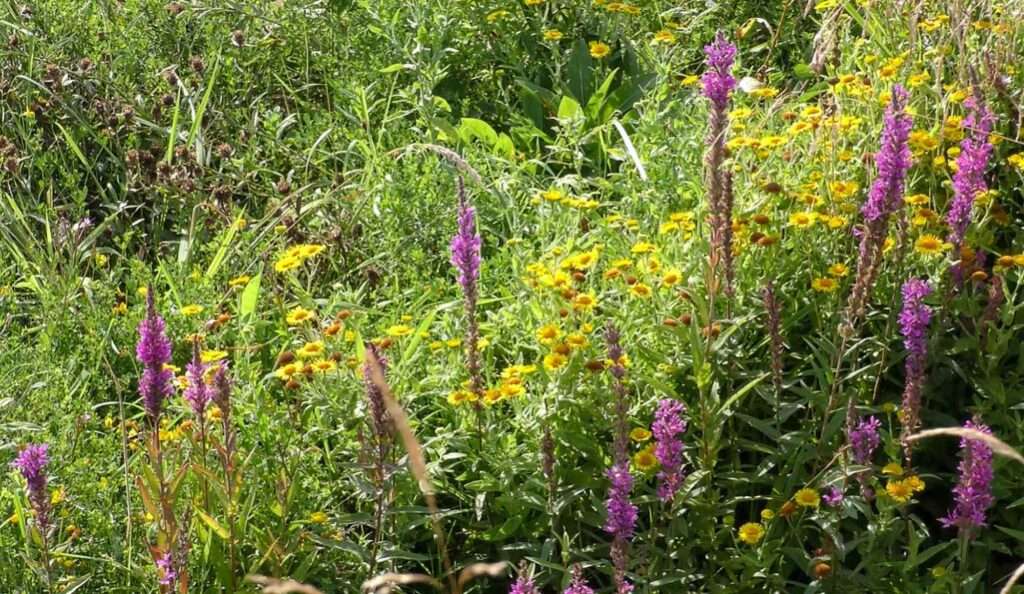
Study co-author Chelsea Wood from the University of Washington in Seattle explained: “Many studies have shown that high-biodiversity communities are ones with low rates of infectious disease. But we also know that better habitat quality often leads to greater biodiversity.
“So which factor is actually driving down disease risk: biodiversity or habitat? Do high-biodiversity communities dilute disease prevalence? Or do communities in high-quality habitats have healthier hosts who are better at resisting infection? Our data show that some apparent ‘dilution effects’ could actually have nothing at all to do with biodiversity.”
The team of researchers created several scientific models to profoundly analyse the effects of habitat structures on the prevalence of three common pathogens.
They carried out further examinations on previously collected data before adding new information on local habitats. The experts then defined high-quality bee habitats as areas that provide sufficient quantity and diversity of floral resources to ensure satisfying pollinator nutrition levels.
A great diversity of flower species was a vital indicator of habitats of high quality on a local level, while the proportion of natural areas surrounding farm fields was of great importance when it comes to the characteristics of landscapes.
Natural areas included evergreen and mixed forests as well as woody wetlands, grass pastures and wildflower meadows.
Prof Elizabeth Tibbetts – who lectures at Michigan University’s Ecology and Evolutionary Biology Department – also co-authored the study entitled “Habitat quality influences pollinator pathogen prevalence through both habitat–disease and biodiversity–disease pathways.”
She said: “Areas with greater floral abundance could provide better pollen and nectar resources for bees to help them resist or fight off infection. Additionally, greater floral abundance may reduce the effective foraging density of pollinators and result in reduced pathogen transmission.”
Fearon – whose study has been published in the scientific journal Ecology – added: “Most importantly, we found that greater habitat quality in the surrounding landscape was a key driver of the dilution effect that we previously observed. This provides evidence for a habitat-driven biodiversity-disease relationship where habitat quality indirectly impacts bee health by altering bee species diversity.”
According to Fearon, different habitat-quality metrics could have positive and negative effects on viral prevalence.
She concludes: “This means that habitat quality has the potential to decrease or increase viral prevalence in pollinators depending on the relative strengths of the habitat-disease and biodiversity-disease pathways.”
Fearon said it was vital to “consider how improving specific habitat quality measures may impact bee diversity and bee health in different ways.”

